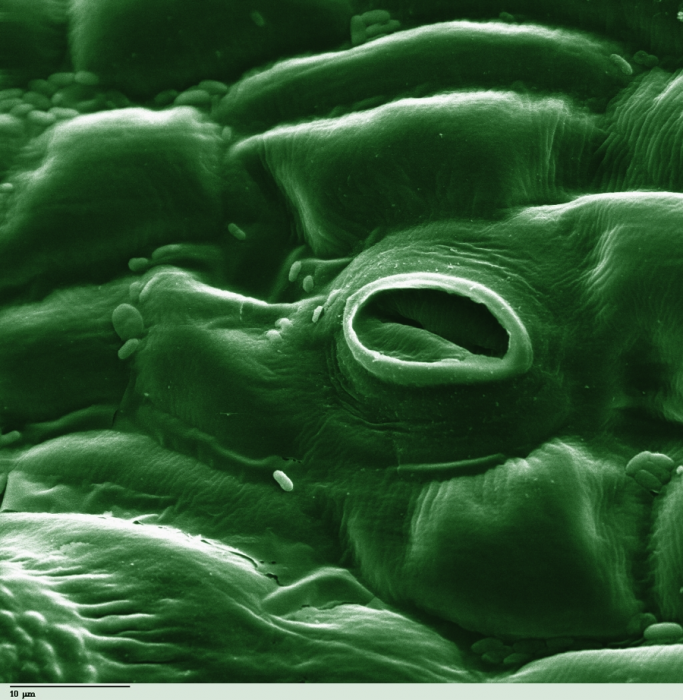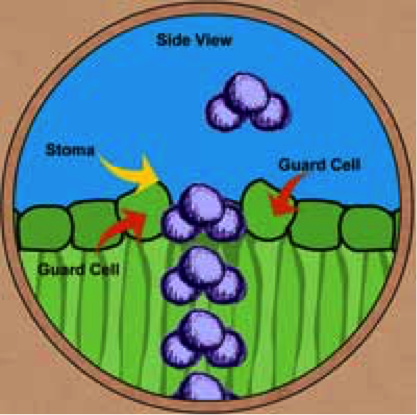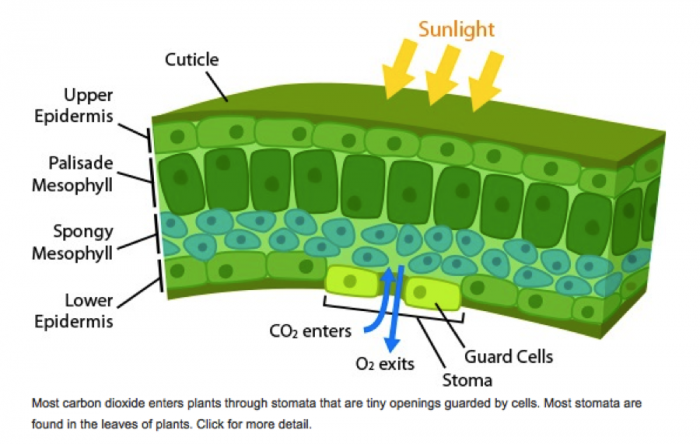Plant Classification Systems and Physiological Processes
In addition to characterizing plants by their taxonomic plant family, crop plants are also classified as either cool season or warm season, referring to the range of temperatures that are optimum for their growth. Examples of cool-season agronomic crops include wheat, oats, barley, rye, canola, and many forage grasses are called cool-season grasses, such as perennial ryegrass, timothy, orchardgrass, tall fescue, smooth bromegrass, and the bluegrasses. Warm-season agronomic crops include corn or maize, sorghum, sugarcane, millet, peanut, cotton, soybeans, and switchgrass.
Learn more about the differences in cool and warm season plants and the types of vegetable crops in these categories by reading Season Classification of Vegetables.
In addition, plants are classified by the type of photosynthetic pathway that they have.
Plant Photosynthesis, Transpiration, and Response to Changing Climatic Conditions
Plants require light, water, and carbon dioxide (CO2) in their chloroplasts, where they create sugars for energy through photosynthesis. The chemical equation for photosynthesis is:
6 CO2+ 6 H2O → C6H12O6+ 6 O2
Carbon dioxide (CO2) enters plants through stomata, which are openings on the surface of the leaf that are controlled by two guard cells. The guard cells open in response to environmental cues, such as light and the presence of water in the plant.

For a brief and helpful review of photosynthesis and plant anatomy such as the plant leaf structures, see Plant Physiology - Internal Functions and Growth.
Water (H2O) enters the plant from the soil through the roots bringing with it important plant nutrients in solution.
Transpiration or the evaporation of water from plant contributes to a “negative water potential.” The negative water potential creates a driving force that moves water against the force of gravity, from the roots, through plant tissues in xylem cells to leaves, where it exits through the leaf stomata. Since the concentration of water is typically higher inside the plant than outside the plant, water moves along a diffusion gradient out through the stomata. Transpiration is also an important process for cooling the plant. When water evaporates or liquid water molecules are converted to a gas, energy is required to break the strong hydrogen bonds between water molecules, this absorption of energy cools the plant. This is similar to when your body perspires, the liquid water molecules absorb energy and evaporate, leaving your skin cooler.

Carbon dioxide (CO2) also diffuses into the plant through the stomata, because the concentration of carbon dioxide is higher outside of the plant than inside the plant, where carbon dioxide concentration is lower due to plant photosynthesis fixing the carbon dioxide into sugars. To conduct photosynthesis, plants must open their leaf stomata to allow carbon dioxide to enter, which also creates the openings for water to exit the plant. If water becomes limited such as in drought conditions, plants generally reduce the degree of stomatal opening (also called “stomatal conductance”) or close their stomata completely; limiting carbon dioxide availability in the plant.

Read more about how water moves through the plant and factors that contribute to water moving into the roots and out of the plant, as well as carbon dioxide movement in Transpiration - Water Movement through Plants.
